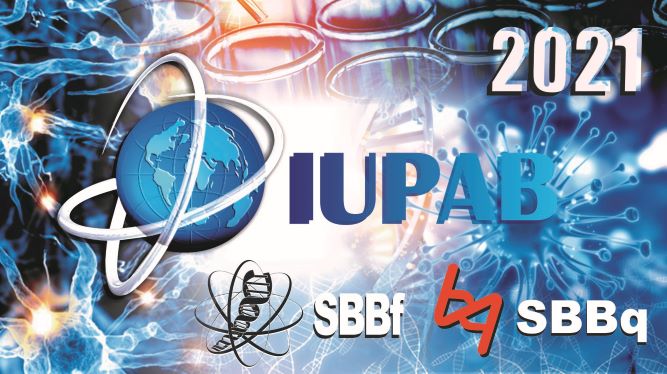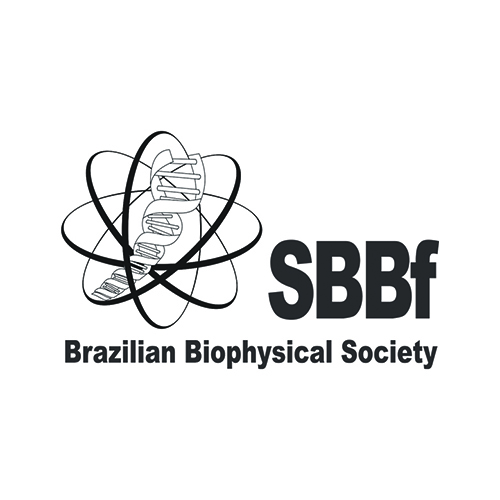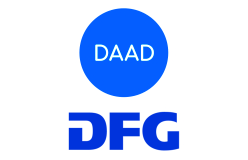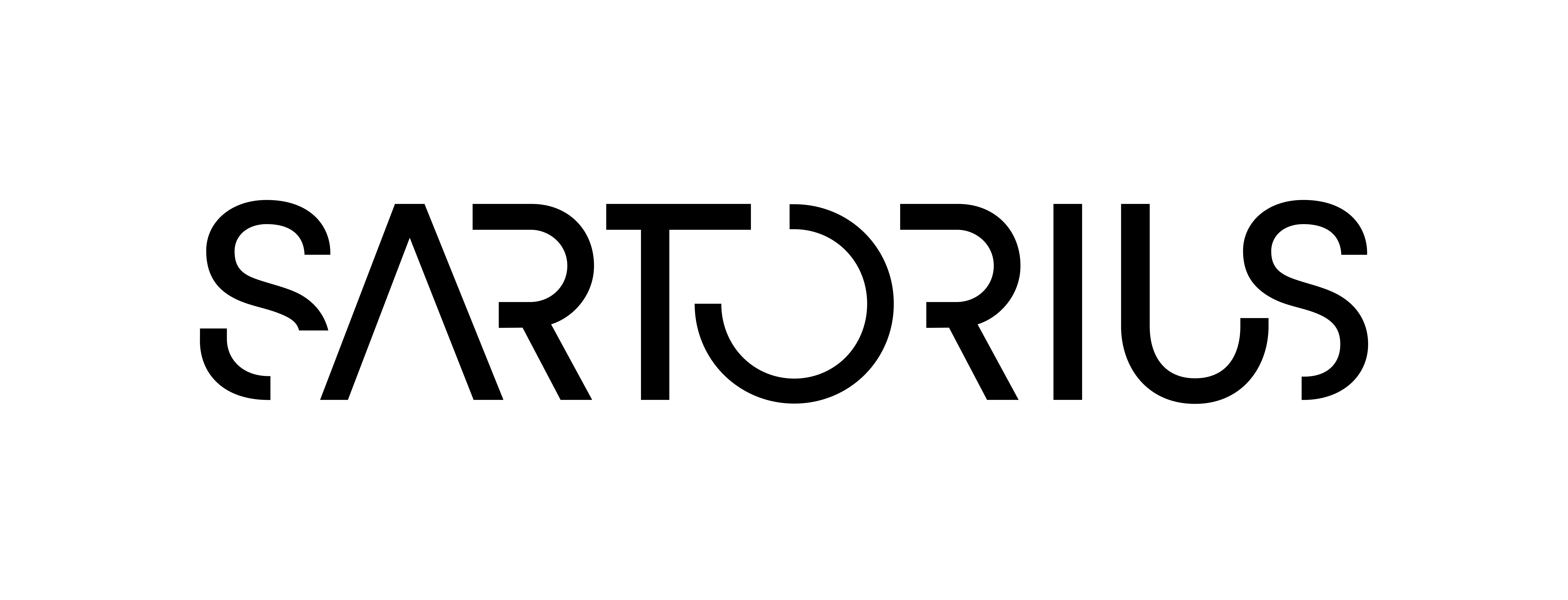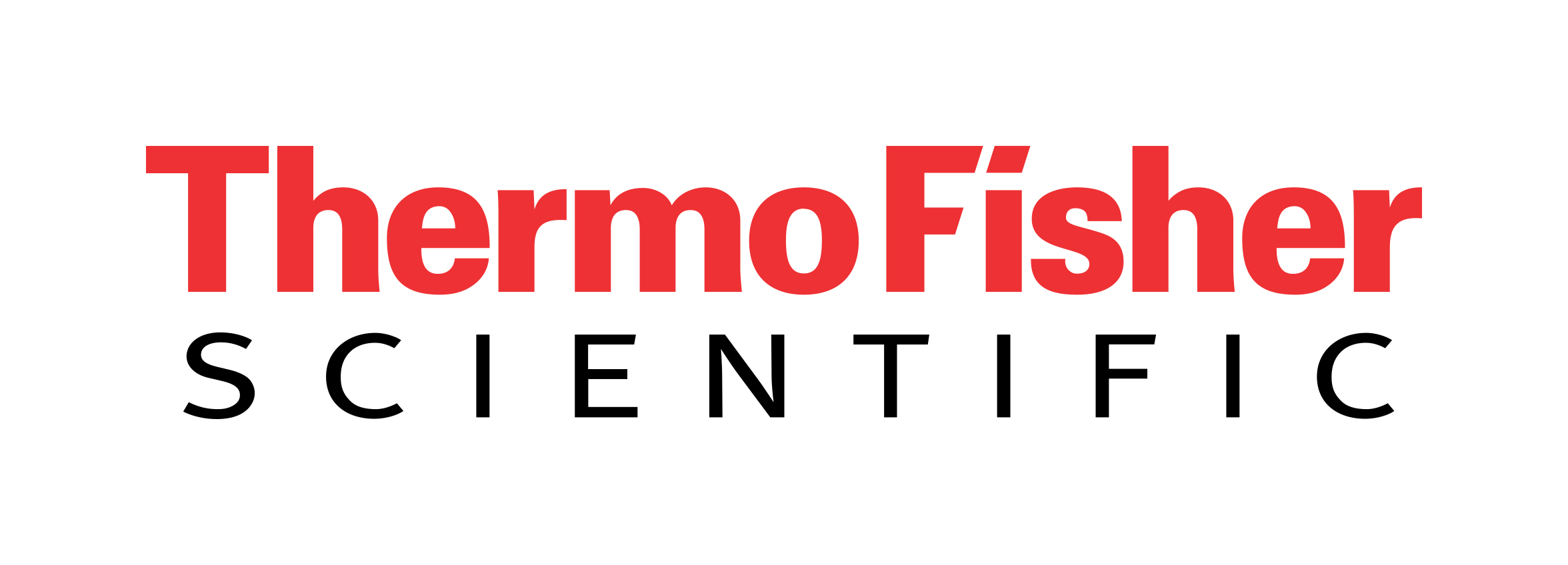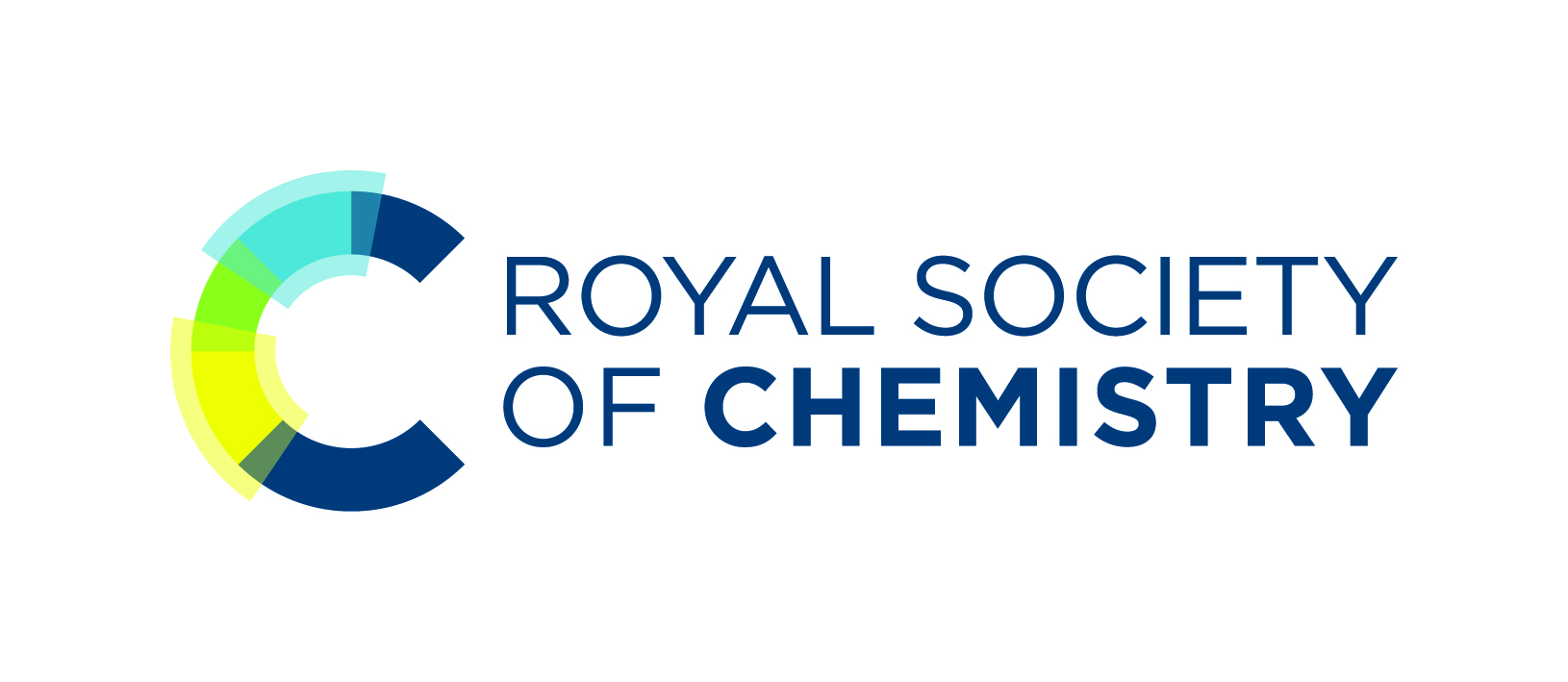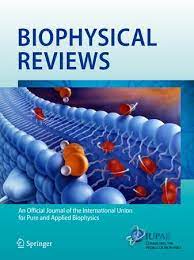Wearable Sensors Based on Nano-Carbon Composites and Networks
University of Sussex
Soft nanocomposites materials have emerged as a promising class of electromechanical sensors due to the intimate coupling between the structure and conductivity of the networks. Liquid-exfoliated pristine graphene is ideally suited to such applications given its versatile processability and appreciable conductivity. Challenges remain, however, in forming conductive networks with controlled structure in arbitrary matrix materials including some promising elastomers such as silicone. To this end, we have developed an approach for design of nanosheet-stabilised emulsions where graphene can act as both stabiliser and functional filler at the interface between droplets of immiscible liquids which would otherwise preclude composite formation. The ultra-thin nature of these interfacial thin films allows emulsions to be stabilised at ultra-low loading and the stability and orientation of the emulsions to be understood as function of the liquid and nanosheet surface energies. Subsequently, graphene-stabilised silicone emulsions can be cured into solid composite structures where the degree of interdiffusion can be controlled to form mechanically-robust films for high-strain tensile strain sensing or lightly-coalesced porous networks for compressive strain sensing. In both cases the electromechanical response confirms the high sensitivity arising from the emulsion-templated structures and their potential for highly-responsive sensing materials for bodily motion monitoring in wearable devices.
**************************************************************************
Prof. Alan B. Dalton holds a Chair in Materials Physics at the University of Sussex. He was appointed in 2016 to establish a new stream of applications-driven research focusing on nanomaterials. Prior to this, he spent 12 years as Lecturer, Senior Lecturer, Reader and Professor at the University of Surrey. Alan is an internationally-leading researcher in functional nanomaterials, particularly in the area of solution-processed low-dimensional nanomaterials and composites thereof. He has published over 150 papers, cited more than 11,000 times, and has an h-index of 47.
